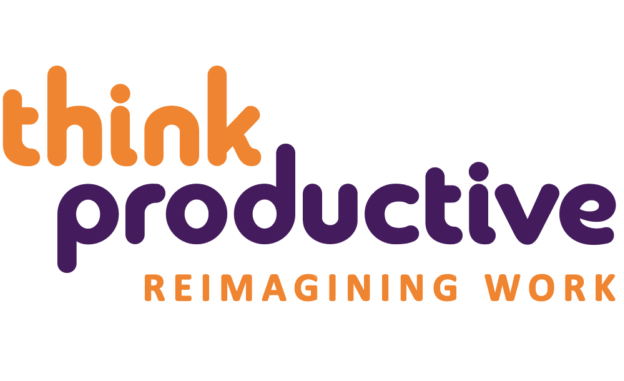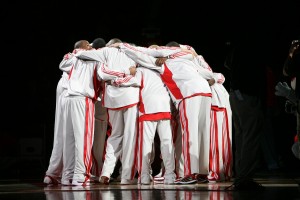The Daily Huddle
As you’ll know from our Facilitation Training, we are on a mission to change the way the world thinks about meetings. We want to help improve meeting skills, reduce the number of meetings being held, and make the ones you do attend ridiculously productive. One of those ridiculously productive and valuable meetings, is Verne Harnish’s Daily Huddle.
What is a Daily Huddle?
The Huddle is a short daily team meeting, typically not longer than fifteen minutes. Staff members “huddle” together in a simple and repeatable format. They check in on one another, and outline their own plans for the day, before getting drawn into their work schedules. It consistently covers the same questions and ultimately becomes a part of your team’s daily routine. The purpose of the Daily Huddle is alignment. That is to focus everyone on the bigger picture priority and remind us of what’s going well. And what needs improvement. So, whether you’re a small team in a charity or a multinational corporation, the focus is the same.
How We Run Daily Huddles at Think Productive North America
The Daily Huddle is a crucial part of our morning office routine, here at Think Productive North America. We encourage all our team members to spend our Huddle standing up, rather than sat down.
Standing for meetings helps concentrate the mind and makes sure that people don’t talk for too long (with too many papers). If a meeting becomes longer than it is comfortable to stand, take a 15 minute break. Or reconvene the meeting at a later date.
Our Huddle is also compulsory (unless someone is on holiday, of course!). That means if there’s something unexpected scheduled in for the usual Huddle time, we simply reschedule for the day or a run a quicker round.
Since we have meeting-free Wednesdays at Think Productive, we run our Daily Huddle on the mornings of Monday, Tuesday and Thursday. We generally rotate who is chairing the Huddle, so it’s a shared responsibility.
We run through the following questions:
1) How are you and what’s your good news?
2) What’s your frog for today?
3) Any stucks?
4) Are we all OK for tomorrow?
How do these questions help my team’s productivity?
“How are you and what’s your good news” gives colleagues a chance to make each other aware of anything that might be affecting their workflow that day. It includes positive as well as the negative. Good news could be anywhere on the spectrum between “I had a really nice walk to work this morning” and “I won the lottery!” Encouraging yourself and your colleagues to look for something good in the day is a great way to boost spirits. It sets the day up to be as productive as possible.
“What’s your frog for today” highlights any task that you’re dreading/been procrastinating on or which feels a bit difficult, but needs to be done. It’s beneficial for the whole team. It forces each person to turn a vague idea of what their day will look like into something specific, clear and better defined. Telling somebody that you’re going to get something done, can be motivating and also helps holding each other accountable. Plus, it might also happen that somebody else has valuable information for your task, tips they can share or even take a worry off your plate. It can also be helpful for colleagues to be aware of what each person is working on, to gain a better sense of the bigger picture in the workplace.
“Any stucks” is usually a quick fire round to see if anybody is stuck on any tasks. We find out if anyone has any difficulties or questions about anything coming up. To finish off the daily huddle, we check whether everyone’s available for the next Huddle or whether we need to adjust timings, etc. It also helps with our 4-day week schedules, to confirm who will be around.
Why Should We Add Another Meeting to Already Busy Schedules?
Taking just fifteen minutes at the start of each day for a casual team meeting should decrease the need for longer, formalized meetings. Or at the very least, make them less frequent. These meetings help to establish daily routines. They give colleagues the opportunity to listen to and motivate each other at the beginning of the day. It’s a way to get off to the best possible start. It’s great for bringing everyone together, reminding us what’s most important and encouraging good communication.
Are you already a big Daily Huddle fan? Are you now eager to jump on the bandwagon after reading our blog post?
By Hannah Urbanek
Hannah is Think Productive UK’s Head of Outreach and the voice behind our global social media and editorial content. You can connect with Think Productive North America directly here or on LinkedIn.
This post was originally published in October 2015 and has been updated for freshness, accuracy, and comprehensiveness.




